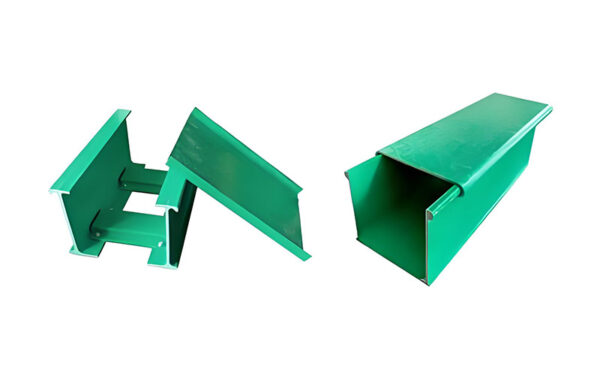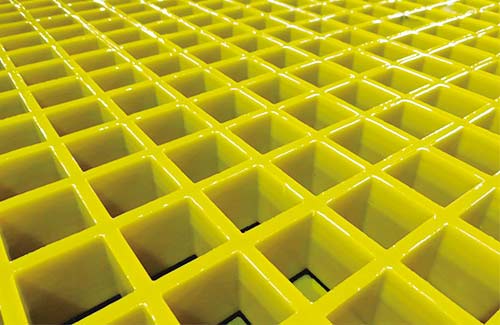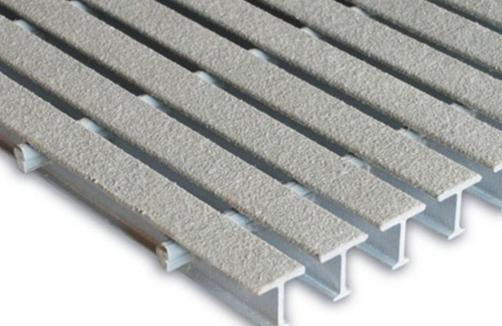Fiber-Reinforced Polymers (FRP) have emerged as a revolutionary material in the construction sector, offering a range of advantages that make them particularly suitable for bridge and infrastructure projects. This article explores the critical role FRP profiles play in these applications, highlighting their benefits, challenges, and the innovative approaches to utilizing this technology for the betterment of our built environment.
The Rise of FRP in Infrastructure
FRP composites consist of polymer matrix reinforced with strong fibers, primarily carbon, glass, or aramid. These materials are gaining prominence due to their superior mechanical properties, corrosion resistance, and lighter weight compared to traditional materials like steel and concrete. As a result, FRP profiles—bars, beams, girders, and plates—are increasingly being used in bridge construction, repair, and strengthening, as well as in other critical infrastructure projects.
Advantages of FRP in Bridges and Infrastructure
Corrosion Resistance
One of the primary reasons for the adoption of FRP in infrastructure projects is its unparalleled resistance to corrosion. In harsh environments, such as coastal areas or regions where de-icing salts are frequently used, traditional materials like steel and concrete are prone to degradation over time. FRP, however, remains impervious to these corrosive elements, thereby extending the service life of structures and reducing maintenance costs.
Lightweight and High Strength-to-Weight Ratio
FRP profiles boast a high strength-to-weight ratio, allowing engineers to design structures that are lighter yet equally robust as their heavier counterparts. This characteristic is especially advantageous in bridge construction, where minimizing the dead load can lead to reduced foundation costs and enhanced seismic performance. Additionally, the lighter weight of FRP components facilitates easier handling and installation, potentially speeding up construction timelines and reducing labor costs.
Flexibility in Design and Customization
The manufacturing process of FRP profiles allows for a high degree of customization, enabling the creation of components that are tailored to specific structural requirements. This adaptability means that FRP can be used in various applications, from strengthening existing structures to forming new load-bearing members. Moreover, the ability to produce FRP profiles in different colors and finishes provides architects with the freedom to integrate aesthetic considerations seamlessly into functional designs.
Case Studies and Real-World Applications
Bridge Rehabilitation and Strengthening
The use of FRP in bridge rehabilitation has proven to be highly effective, particularly in scenarios where traditional methods may be impractical or too costly. For example, the addition of FRP laminates to bridge decks has shown to significantly increase load-carrying capacity while also providing protection against cracking and spalling. In one notable case, the application of FRP reinforcement to an aging bridge allowed for the extension of its operational life by several decades, demonstrating the material’s potential for prolonging asset longevity.
New Bridge Construction
New bridge projects are increasingly incorporating FRP components to take advantage of their many benefits. For instance, FRP girders have been employed in pedestrian bridges, offering a combination of durability, low maintenance, and aesthetic appeal. These bridges can be prefabricated off-site and assembled quickly, minimizing disruption to the surrounding environment and traffic flow during installation.
Challenges and Considerations
Despite the numerous advantages offered by FRP, there are still some considerations and challenges that need to be addressed for wider adoption. Long-term performance data under real-world conditions is still being gathered, and while current evidence suggests excellent durability, ongoing research is essential to fully understand the material’s behavior over extended periods. Additionally, the upfront cost of FRP can be higher compared to traditional materials, though this is often offset by reduced maintenance and improved longevity.
Sustainability and Environmental Impact
The environmental impact of construction materials is a growing concern. FRP profiles, produced from recyclable materials, offer a sustainable alternative to traditional materials. They contribute to reducing the carbon footprint of infrastructure projects, given their lower embodied energy and potential for reuse or recycling at the end of their service life. Moreover, the reduced weight of FRP components leads to decreased transportation emissions, further enhancing the eco-friendliness of these materials.
Future Prospects
The future of FRP in infrastructure looks promising, with ongoing advancements in manufacturing techniques and material science driving further improvements in performance and cost-effectiveness. As regulatory frameworks evolve to incorporate the latest technologies, and as more stakeholders become aware of the benefits of FRP, it is likely that we will see increased integration of these materials in bridge and infrastructure projects worldwide.
Conclusion
The role of FRP profiles in bridge and infrastructure projects cannot be overstated. From their ability to resist corrosion and withstand extreme environmental conditions to their lightweight nature and customizable design, FRP offers a compelling solution for addressing the challenges faced by the modern construction industry. As research continues and applications expand, FRP is set to redefine the standards of durability, sustainability, and innovation in the field of civil engineering.







